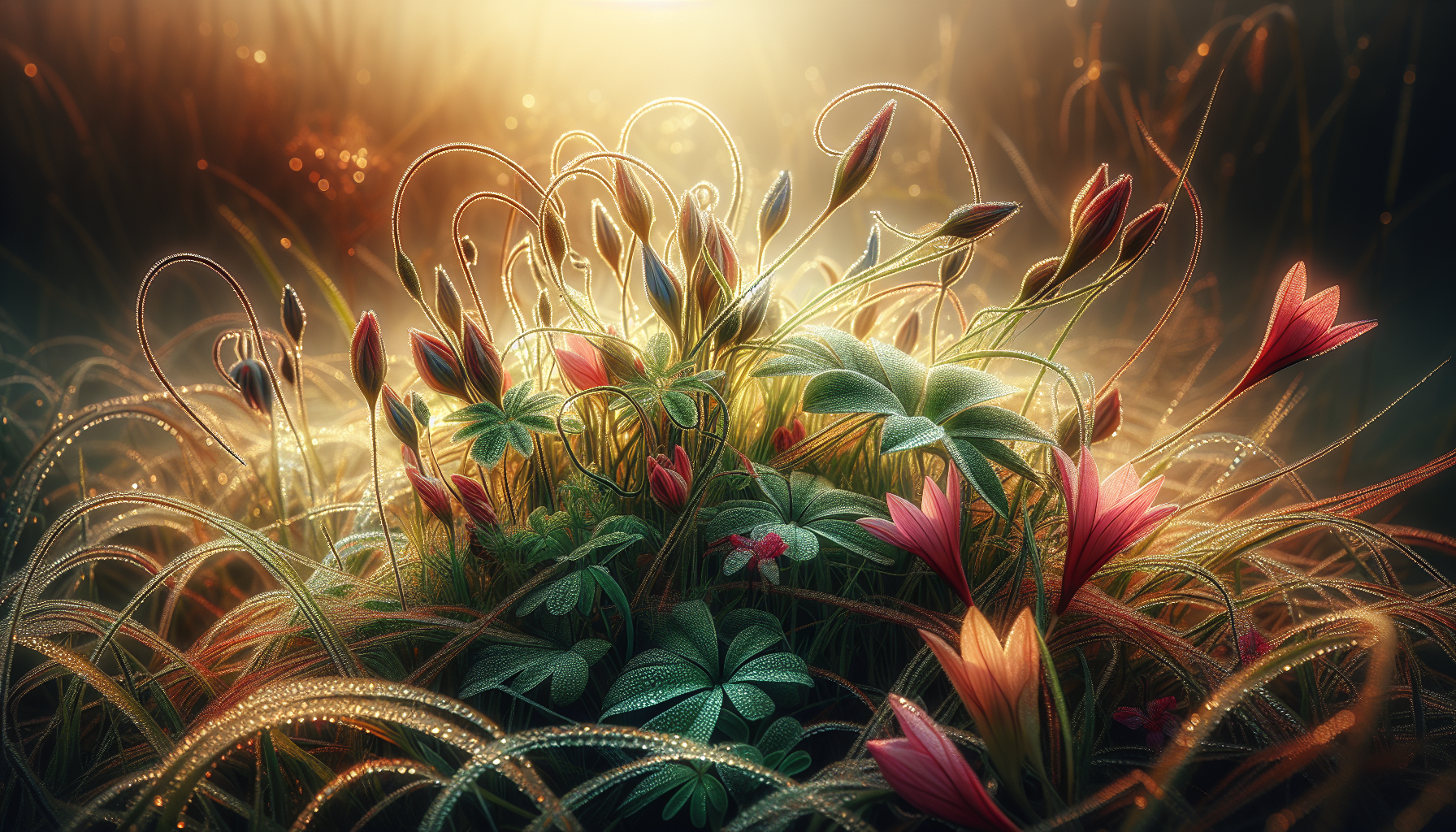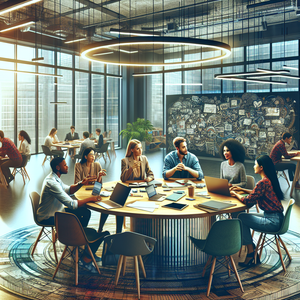The Role of New York in VR Art and Culture

Virtual reality offers artists a new canvas, one that transcends the limitations of physical space and traditional media. In New York, pioneering artists and tech innovators are leveraging VR to create experiences that engage audiences in unprecedented ways. For instance, the Museum of Modern Art (MoMA) has begun to experiment with VR installations that allow visitors to step inside the works of renowned artists, providing a multi-sensory experience that invites deeper engagement with the art. Notable artists such as Jon Rafman and Marina Abramović have explored VR as a means to provoke thought and evoke emotion, pushing the boundaries of artistic expression. Rafman’s work, which often examines the digital experience, utilizes VR to create spaces that challenge our understanding of reality and nostalgia. Meanwhile, Abramović’s VR projects encourage participants to confront their own emotions, thus using technology as a conduit for profound introspection. These examples illustrate how VR can be used not just to replicate reality but to create entirely new worlds that challenge perceptions and encourage viewers to confront their own experiences.
Collaborations between VR Companies and Cultural Institutions
The collaboration between VR companies and cultural institutions in New York is fostering an environment ripe for innovation. Leading companies like Oculus, a subsidiary of Meta Platforms, and Google Arts & Culture have partnered with museums to create interactive experiences that showcase art in engaging new ways. For example, the collaboration between the American Museum of Natural History and a VR development studio resulted in a virtual tour of the museum's exhibits, allowing users from around the world to explore its treasures without geographical barriers. Moreover, galleries are increasingly hosting VR art exhibitions, allowing visitors to don headsets and immerse themselves in digital landscapes. The New Museum, known for its commitment to contemporary art, has hosted several VR exhibitions that feature cutting-edge works by both emerging and established artists. These exhibitions not only showcase the capabilities of VR technology but also challenge traditional notions of what art can be. Other notable VR companies in New York include Inception, which focuses on immersive storytelling experiences, and Venture Reality Fund, which invests in promising VR startups. These companies contribute to the vibrant ecosystem that supports the fusion of art and technology within the city.
Enhancing Traditional Art Forms
VR is not just a tool for creating new forms of art; it is also enhancing traditional art forms. Theater companies in New York are exploring virtual reality as a means to create more immersive storytelling experiences. The acclaimed theater group, The Wooster Group, has integrated VR into their performances, allowing audiences to experience the narrative from multiple perspectives and fostering a deeper emotional connection to the story being told. Moreover, educational programs in art schools are beginning to incorporate VR training, preparing the next generation of artists to harness this technology in their work. Institutions like the School of Visual Arts have introduced VR courses that teach students how to create and manipulate 3D environments, empowering them to push the boundaries of their creativity. This educational focus not only prepares students for the evolving landscape of art but also ensures that New York remains a hub of innovation for future generations.
As New York City continues to be a beacon of innovation in the art world, the integration of virtual reality is proving to be a transformative force. The collaborations between VR companies and cultural institutions are not only enhancing the way we interact with art but also expanding the horizons of artistic expression. As we move further into the digital age, the potential for VR to revolutionize art and culture is immense. By embracing this technology, New York is not just shaping the future of art; it is also setting a precedent for how we understand and experience the world around us. As artists, technologists, and institutions continue to explore this new frontier, one thing is clear: the role of VR in art and culture will only grow in significance, captivating audiences and inspiring creativity in ways we are just beginning to imagine. The city’s dynamic art scene, backed by innovative technology, is poised to lead the charge into this exciting new realm of artistic expression.
VR Art Experience Designer
Oculus, The New Museum, various art galleries in New York
Core Responsibilities
Design immersive VR art experiences that engage users in interactive narratives.
Collaborate with artists and technologists to conceptualize and prototype new VR installations.
Conduct user testing to refine experiences based on audience feedback.
Required Skills
Proficiency in VR development tools (Unity, Unreal Engine).
Strong understanding of user experience (UX) design principles.
Creative problem-solving and storytelling abilities.
3D Environment Artist for VR
VR development studios, art institutions, tech companies like Google Arts & Culture
Core Responsibilities
Create detailed 3D models and environments for VR applications, focusing on artistic coherence and realism.
Work closely with designers and developers to ensure optimal performance in VR settings.
Stay updated on the latest VR technologies and trends to continuously improve design techniques.
Required Skills
Expertise in 3D modeling software (Maya, Blender, ZBrush).
Familiarity with texture mapping, lighting, and rendering specific to VR.
Strong portfolio showcasing previous VR or related digital art projects.
Technical Director for VR Art Projects
Major cultural institutions, tech startups focusing on immersive experiences, production companies
Core Responsibilities
Oversee the technical execution of VR art installations, ensuring seamless integration of hardware and software.
Manage project timelines and coordinate between artists, programmers, and stakeholders.
Troubleshoot technical issues during installations and exhibitions.
Required Skills
Extensive knowledge of VR hardware (headsets, sensors) and software.
Strong leadership and project management abilities.
Excellent communication skills to liaise with various creative teams.
VR Content Curator
Museums, galleries, cultural organizations focused on contemporary art and technology
Core Responsibilities
Research and curate VR art exhibitions that highlight innovative uses of technology in contemporary art.
Collaborate with artists and technologists to select works that push creative boundaries.
Organize events and workshops to educate audiences about the intersection of VR and art.
Required Skills
Strong background in contemporary art theory and practice.
Knowledge of VR technologies and their applications in art.
Excellent organizational and public speaking skills.
Immersive Storytelling Producer
Theater companies, production studios specializing in immersive experiences, cultural institutions like The Wooster Group
Core Responsibilities
Create and manage immersive storytelling experiences that utilize VR to engage audiences.
Collaborate with writers, directors, and artists to develop compelling narratives for VR platforms.
Analyze audience engagement data to refine and enhance storytelling techniques.
Required Skills
Experience in producing events or content, particularly in immersive media.
Strong understanding of narrative structure and audience interaction in VR.
Ability to coordinate cross-disciplinary teams effectively.


